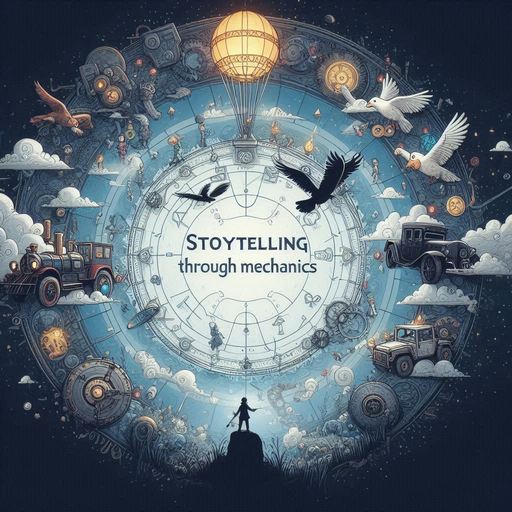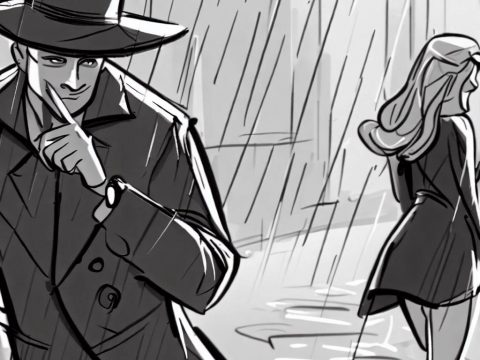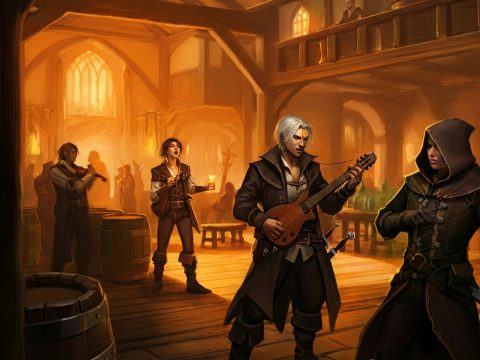Storytelling Through Mechanics: A Key to Game Design
Game mechanics are often seen as a way to create challenges and obstacles for players to overcome. However, they can also be used to tell stories and create immersive experiences. By aligning mechanics with the setting and story of the game, developers can create a more cohesive and engaging experience for players.
Many games have successfully used mechanics to support storytelling. In Fallout OG, the S.P.E.C.I.A.L. system reflects the post-apocalyptic setting and allows players to create unique characters that fit the world. In Tempo of Elemental Evil, the turn-based combat system emphasizes the tactical nature of the conflict and allows players to make meaningful choices that affect the story. In Bloodlines and Arcanum, the magic vs. tech conflict is reflected in the mechanics, creating a constant reminder of the tension between these two forces.
One of the most important things to avoid is ludo narrative dissonance. This happens when the story and setting of the game tell one thing, and the mechanics tell another. For example, a game might tell a story about a character who is struggling to survive in a harsh environment, but the mechanics might make it easy for the player to breeze through the game without any real challenge. This can create a disconnect between the player and the game, making it difficult for the player to become invested in the story.
By using mechanics to support storytelling, developers can create games that are more engaging, immersive, and memorable. When mechanics and story work together seamlessly, players are more likely to become invested in the game world and the characters that inhabit it.
Here are the main keys:
- Mechanics should support the setting and story of the game instead of the other way around.
- Using mechanics to support storytelling can be seen in many games, including Fallout OG, Tempo of Elemental Evil, Bloodlines, and Arcanum.
- A good example of using mechanics to support storytelling is Arcanum. In Arcanum, there is an antagonistic tension between Magic and Tech, which is reflected in the setting, story, and mechanics. The magic Tech meter is a mechanic that constantly reminds the player of this tension.
- Ludo narrative dissonance is something that should be avoided. It happens when the story and setting of the game tells one thing, and the mechanics tell another. This can make players dislike the game, even if they don’t know exactly why.





